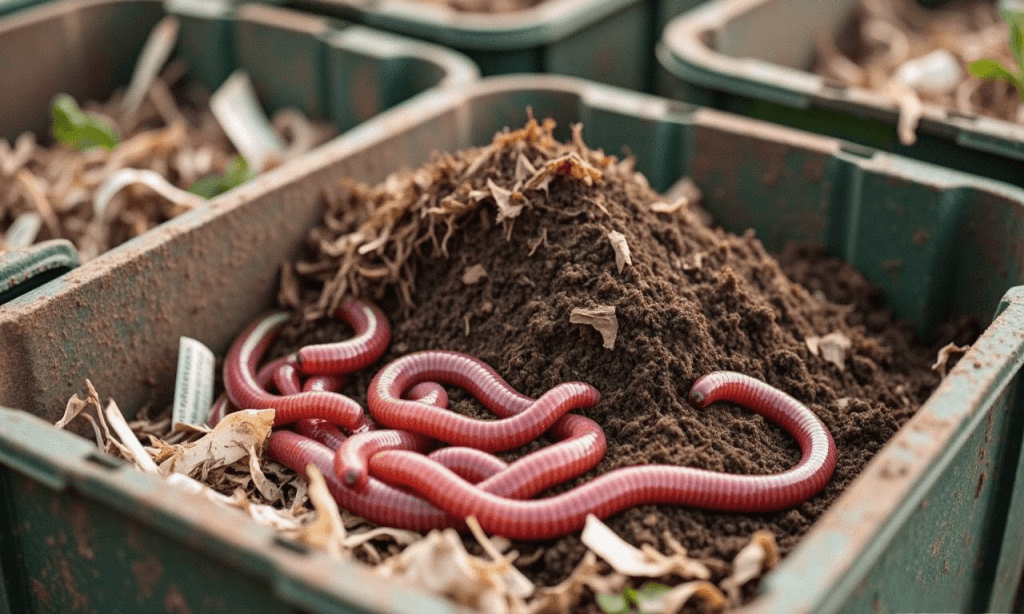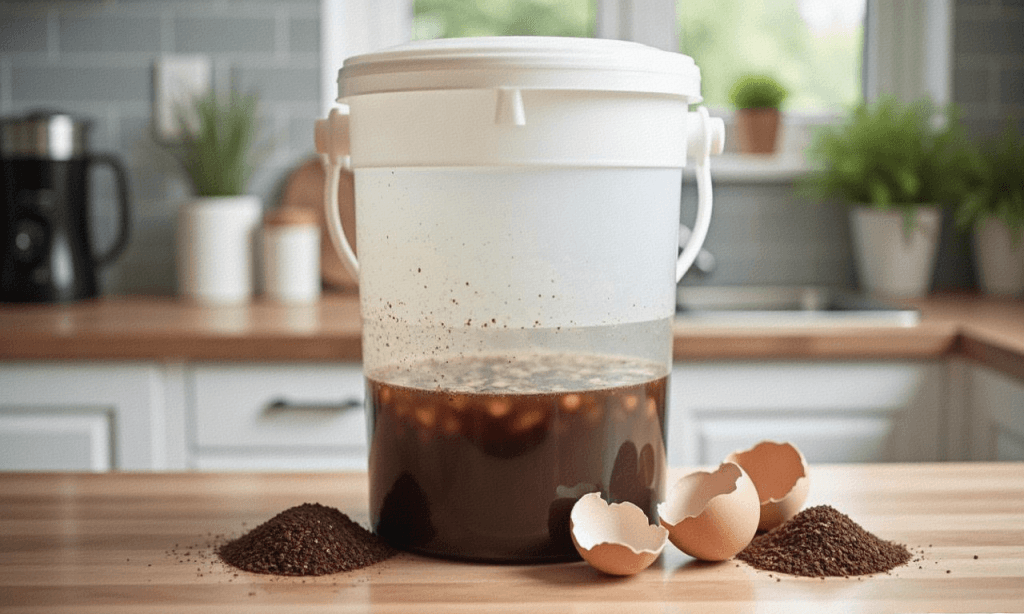Composting 101: Turn Kitchen Waste into Garden Gold in 30 Days
Introduction: Why Composting is a Game-Changer
Did you know that nearly 30% of household waste is organic material that could be composted instead of ending up in landfills? According to the EPA’s 2023 report, food scraps and yard waste in landfills produce methane—a greenhouse gas 25 times more potent than CO₂.
But here’s the exciting part: you can transform this "waste" into nutrient-rich compost in as little as 30 days. Composting at home is easy, eco-friendly, and saves money on fertilizers. Whether you live in a small apartment or a sprawling backyard, this guide will teach you how to set up a compost bin, what to compost (and what to avoid), and how to speed up decomposition for garden-ready compost fast.
Step 1: Choosing the Right Composting Method
Option 1: Outdoor Compost Bin (Best for Backyards)
- Ideal for: Gardeners with outdoor space.
- Types:Tumbling bins (fastest, keeps pests out).Stationary bins (cheaper, better for large volumes).
- Pro Tip: Place the bin in partial shade to prevent drying out.
Option 2: Indoor Bokashi (Best for Apartments)
- How it works: Fermentation (not decomposition) using beneficial microbes.
- Benefits:No odor if done correctly.Works with meat/dairy (unlike traditional composting).
- Case Study: A Seattle apartment dweller reduced trash by 40% using Bokashi.
Option 3: Worm Composting (Vermicomposting)
- Best for: Small-scale, high-efficiency composting.
- Red wigglers (Eisenia fetida) break down scraps 2x faster than traditional methods.
Step 2: What to Compost (The Green & Brown Balance)
Greens (Nitrogen-Rich Materials)
- Fruit/veggie scraps (no citrus peels in excess).
- Coffee grounds/filters (worms love these!).
- Fresh grass clippings.
Browns (Carbon-Rich Materials)
- Dry leaves, straw, or shredded newspaper.
- Cardboard (uncoated, torn into pieces).
- Wood chips/sawdust (in moderation).
The Perfect Ratio
- Aim for 2:1 (browns to greens) to avoid smells.
- Too wet? Add more browns. Too dry? Sprinkle water.
Step 3: Speeding Up Decomposition (30-Day Compost Hack)
5 Tricks for Faster Breakdown
- Chop scraps into small pieces (1–2 inches max).
- Turn the pile weekly (aeration = faster composting).
- Add compost accelerators (manure, alfalfa meal).
- Keep it moist (like a wrung-out sponge).
- Insulate in winter (use a tarp or insulated bin).
Case Study: Florida vs. Minnesota Composting
- Florida’s heat can produce compost in 3 weeks.
- Minnesota winters may require a heated bin or indoor setup.
Step 4: Troubleshooting Common Problems
Problem: Smelly Compost
- Cause: Too many greens or lack of oxygen.
- Fix: Add browns and turn the pile.
Problem: Pests (Rats, Flies)
- Prevention:Bury food scraps under brown layers.Use a sealed bin (tumblers work best).
Problem: Slow Decomposition
- Likely causes:Lack of nitrogen (add grass clippings).Cold weather (relocate to a sunnier spot).
Step 5: Harvesting & Using Your Compost
When Is It Ready?
- Looks like dark, crumbly soil (no recognizable scraps).
- Smells earthy (not rotten).
How to Use It
- Mix into garden beds (30% compost, 70% soil).
- Top-dress lawns (½ inch layer).
- Make compost tea (steep in water for 24 hours).
Personal Recommendation:
- Sift compost before use to remove large chunks.
Final Thoughts: Start Small, Think Big
Composting is one of the easiest ways to reduce waste and boost garden health. As Portland’s city composting program proved, diverting organic waste can cut landfill contributions by 50%.
Ready to begin? Grab a bin, save those scraps, and watch your "trash" turn into treasure!
Disclaimer
Composting results vary based on climate, materials, and maintenance. Always check local regulations (e.g., rodent-proof bins may be required). AI-generated images are illustrative and do not depict real individuals or setups.
Sources Cited:
- EPA’s 2023 Advancing Sustainable Materials Management Report
- USDA Composting Guide (2024 Update)
- Journal of Agricultural Science (2023 Study on Compost Microbes)
- RHS Home Composting Handbook
jack
|
2025.04.23






